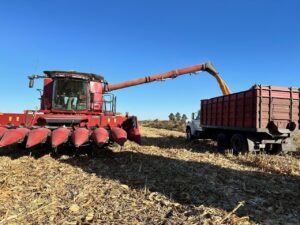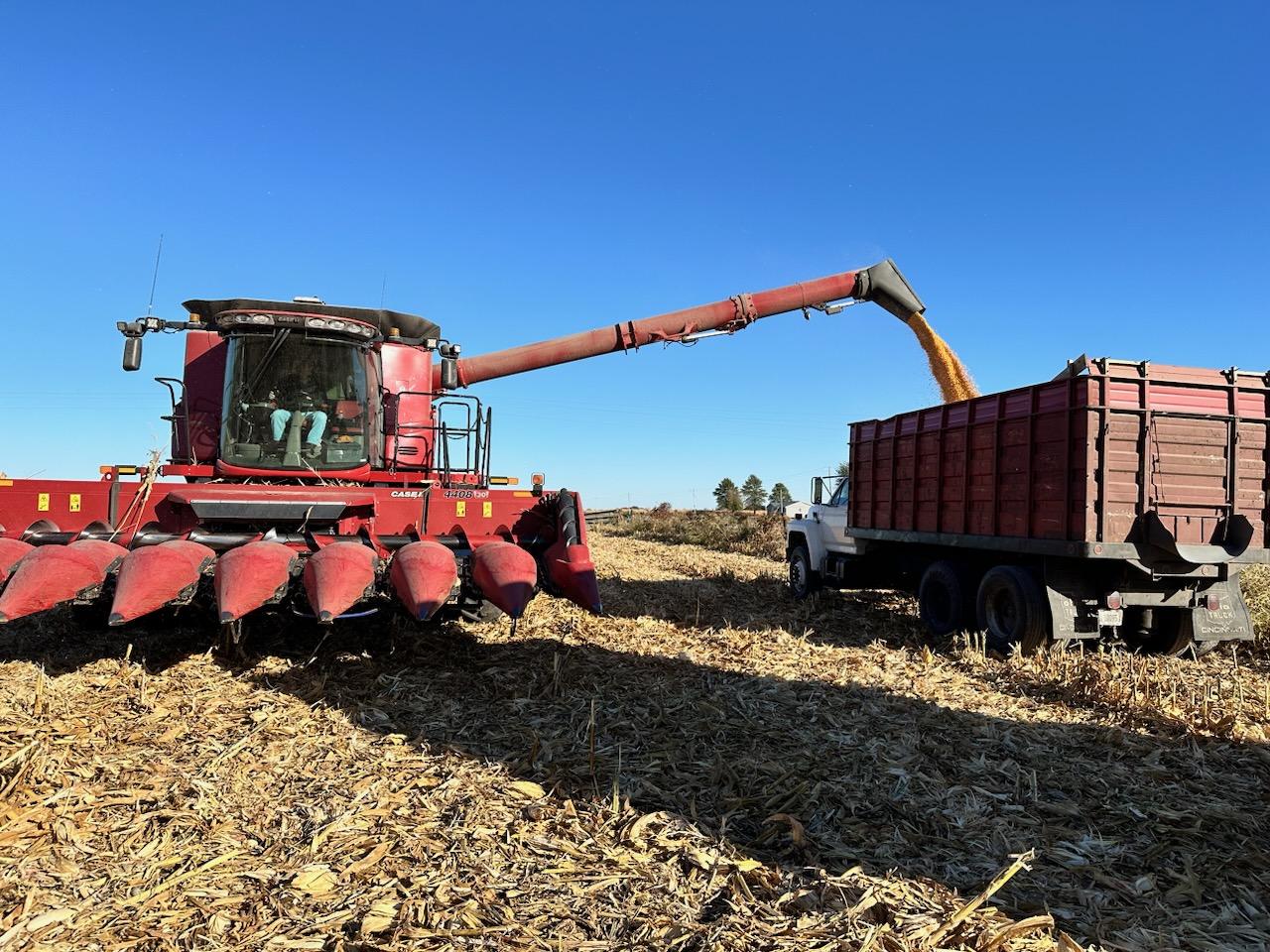After almost three years of high market prices, farmers are now faced with decreasing prices. Dan Bowman with Archer Daniel Midland says typically high-price environments like the one farmers saw the last few years, last a year to eighteen months.
“It comes down to the fact that we don’t have a demand problem from a worldwide perspective but we’ve got a supply problem now is last year’s crop across to the US which is bigger than we than anticipated it was going to be under the extreme growing conditions that we had and it’s gonna take some time to recover from that, or or another crop another hemisphere,” says Bowman.
And with South America wrapping up another harvest, Bowman says there is an oversupply in the market.
“There’s no quick cure for that [oversupply] with South American production hanging right in there. The tendency is for prices to be weaker until we find a way to find more demand or have a production problem.”
With the drops in prices, Ken Quinn from Midwest Bank says they have seen balance sheets and cash flow tighten.
“One downside of that is we’ve seen producers not selling near as much corn as they have years past and carrying a lot of unsold grain at this point and unhappy with what the markets are at,” says Quinn. “I think that’s just continuing to hurt them as we move forward.”
On top of low market prices, farmers are facing high-interest rates, says Quinn. He adds in an 18-month period, farmers saw interest rates more than double.












